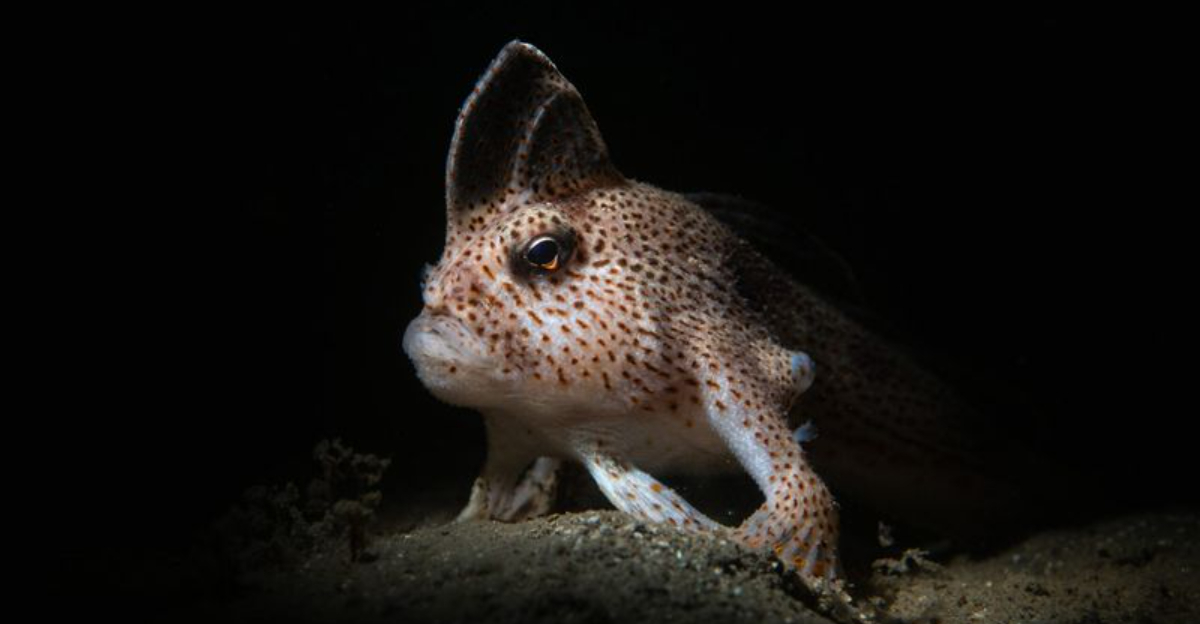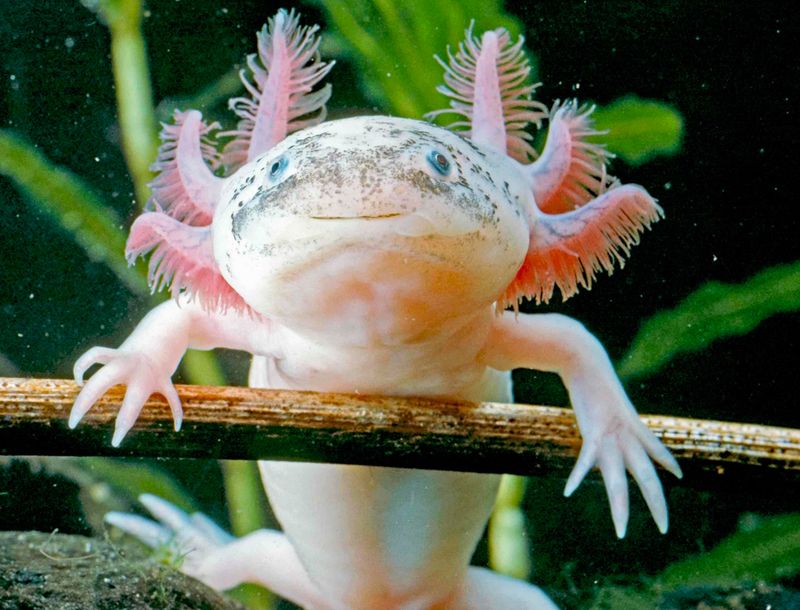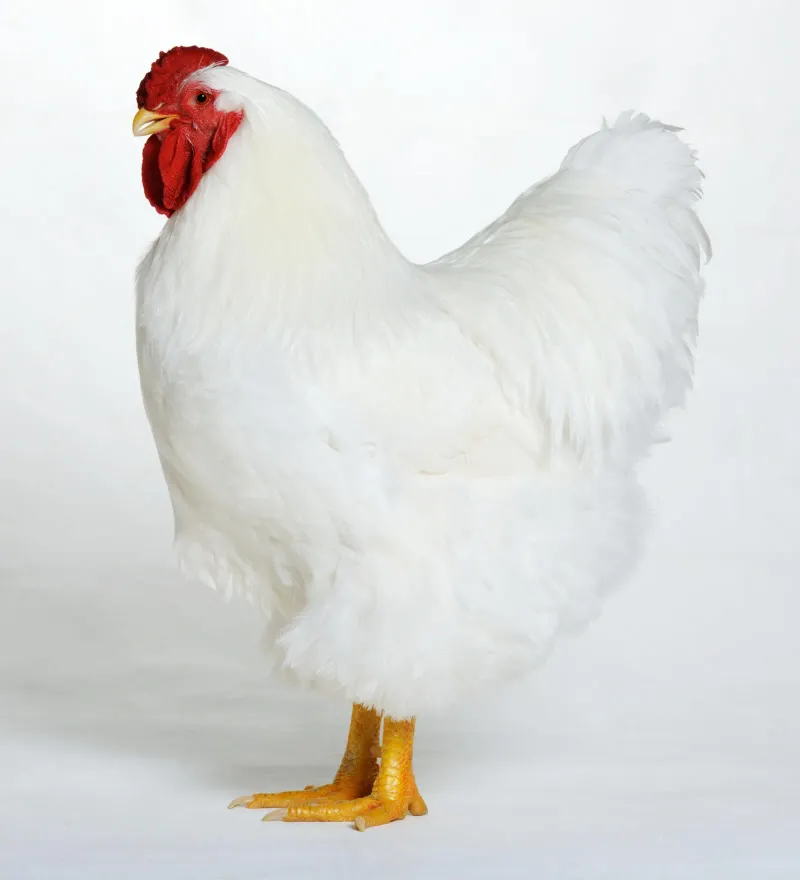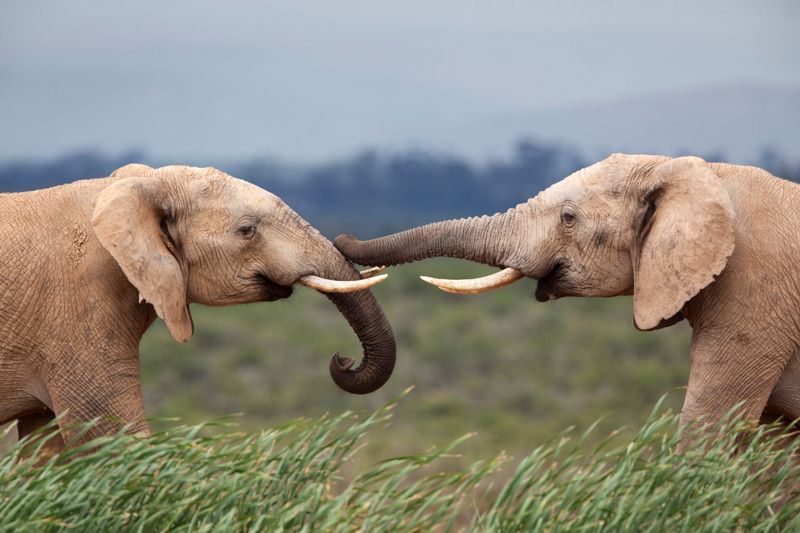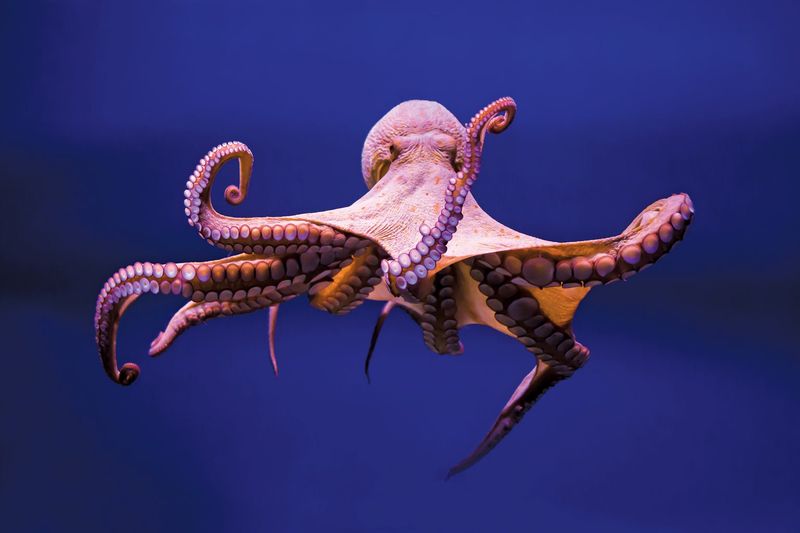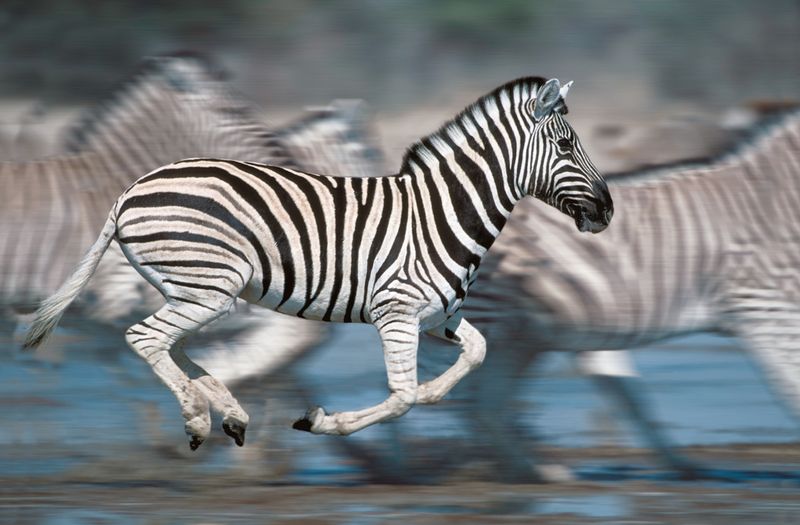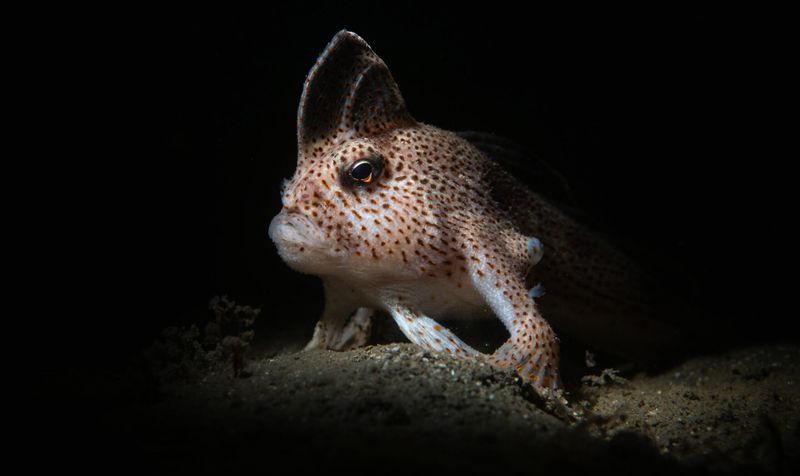Nature is full of wonders, but some animals possess abilities that truly baffle scientists. Their powers go beyond the boundaries of known biology and leave us with questions that still have no answers. Here’s a list of 10 such incredible creatures.
Axolotl – The Eternal Teenager with Regenerative Powers
With its perpetual youthful appearance, the axolotl remains a marvel of nature. This curious salamander never undergoes complete metamorphosis, living its entire life in a larval stage. It’s astonishing how it can regenerate entire limbs, parts of its heart, spine, and even its brain without leaving a scar.
Its aquatic habitat in Mexico provides a perfect environment for this biological wonder. Scientists continue to study its DNA to unlock the secrets of regeneration, hoping to apply this knowledge to human medicine. Could the axolotl hold the key to miraculous healing?
Tardigrade – The Super Survivor from Another Dimension
Known affectionately as the “water bear,” the tardigrade defies logic with its survival skills. This tiny organism withstands conditions that are lethal to almost all life forms, including the vacuum of space and extreme temperatures.
Its ability to dehydrate and enter a cryptobiotic state allows it to survive for decades without water. When rehydrated, it springs back to life, as if by magic. The tardigrade’s resilience inspires scientists and researchers to explore its potential applications in space travel and medical science.
Could this microscopic creature be the ultimate survivor?
Mantis Shrimp – The Punch Faster than a Bullet
With a punch that can rival a bullet, the mantis shrimp is a force to be reckoned with in the ocean. Its “hammer-like” limbs strike with such speed that they create cavitation bubbles, momentarily reaching temperatures akin to the sun’s surface.
These bubbles produce a shock wave capable of smashing aquarium glass. Beyond its physical prowess, the mantis shrimp boasts extraordinary vision with 12 types of color receptors. This unique ability aids in hunting and communication in the dim ocean depths.
Can anything match the mantis shrimp’s high-speed power?
Electric Eel – A Living Taser from the Amazon
Gliding through the waters of the Amazon, the electric eel commands respect with its shocking abilities. It can generate electric shocks exceeding 600 volts, making it a formidable hunter and defender.
Recent discoveries reveal that these eels use electricity as a sophisticated navigation tool, akin to radar, in murky environments. This astonishing capability continues to intrigue scientists, who investigate the eel’s unique anatomy and electrical production mechanisms.
Is there more to learn from the eel’s electrifying prowess?
Mike the Headless Chicken – The Farm Legend
In 1945, a chicken named Mike became a farm legend by living 18 months without a head. After a botched beheading, Mike’s brain stem remained intact, allowing him to survive. Fed through his esophagus, he toured the United States as a curiosity.
Scientists continue to ponder how Mike managed basic reflexes and survival without a head. His story captures the imagination, reminding us of life’s unexpected resilience.
Could Mike’s tale be a testament to the mysteries of survival?
Mountain Goats – Masters of Physics and Gravity
Mountain goats exhibit a breathtaking mastery of gravity-defying feats, moving across vertical cliffs with ease. Their specialized hooves and incredible balance enable them to thrive in terrains where others dare not tread.
These agile climbers are a testament to adaptation and survival in harsh environments. Their ability to scale near-vertical slopes continues to fascinate observers and researchers alike.
What secrets lie in the mountain goat’s gravity-defying agility?
Elephants – Emotional Giants with a Long Memory
With minds as vast as their bodies, elephants are celebrated for their emotional depth and memory. These gentle giants mourn the loss of herd members and exhibit empathy, visiting the bones of the deceased.
Their long-term memory aids in navigating complex landscapes and remembering crucial resources. This remarkable intelligence underpins their survival in diverse environmental challenges.
What can elephants teach us about memory and emotion?
Octopuses – A Brain in Every Arm
With intellect that captivates, octopuses boast the unique attribute of having a brain in every arm. Each limb can independently explore, grasp, and even taste, contributing to their problem-solving prowess.
These enigmatic creatures demonstrate remarkable adaptability, solving puzzles and opening jars with ease. Their ability to “walk” on land further showcases their versatility.
What mysteries do octopuses unveil with their intelligent limbs?
Zebras – Stripes That Confuse Science
The zebra’s iconic stripes remain a subject of scientific curiosity, with theories ranging from predator deterrence to temperature regulation. Despite extensive research, the definitive purpose of their patterns remains elusive.
These striking creatures graze the African plains, their stripes blending with the landscape in bewildering ways. Each zebra’s unique pattern contributes to the herd’s collective identity.
What secrets do zebra stripes conceal from science?
Handfish – The Walking Fish with “Hands”
In the waters surrounding Tasmania, the handfish piques curiosity with its distinct mode of locomotion. Using fins akin to hands, it “walks” along the ocean floor, a rare trait among fish.
This peculiar adaptation raises questions about evolutionary pathways from sea to land. The handfish’s conservation status highlights the delicate balance of marine ecosystems.
What evolutionary stories does the handfish have to share?
